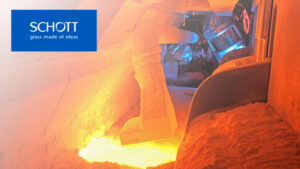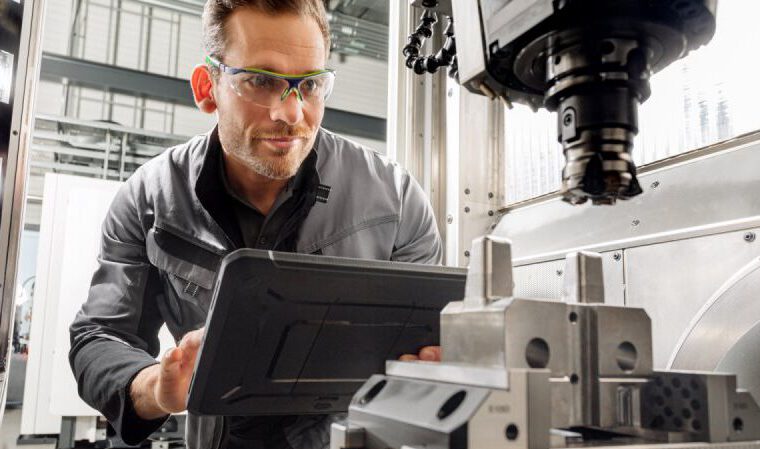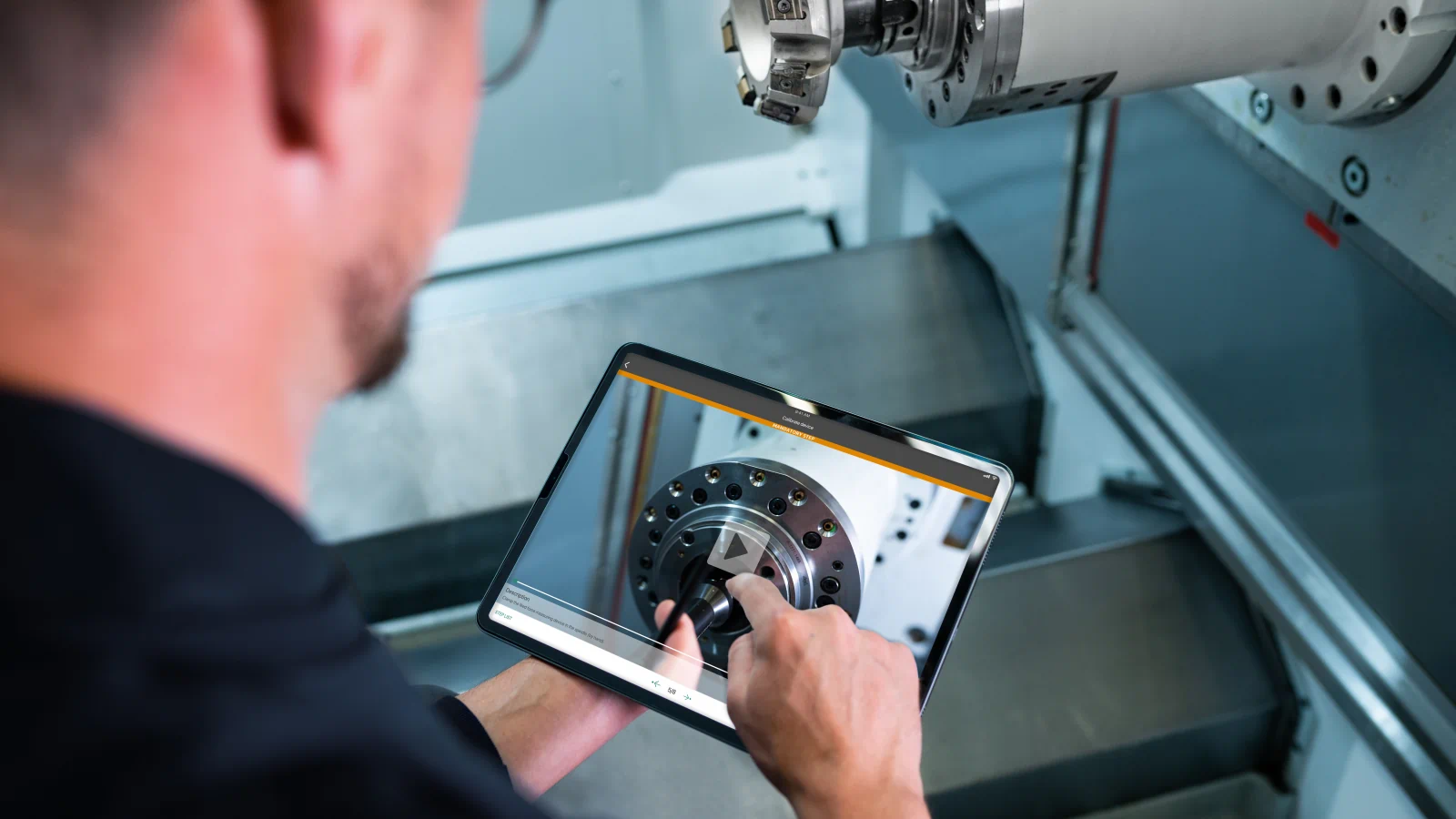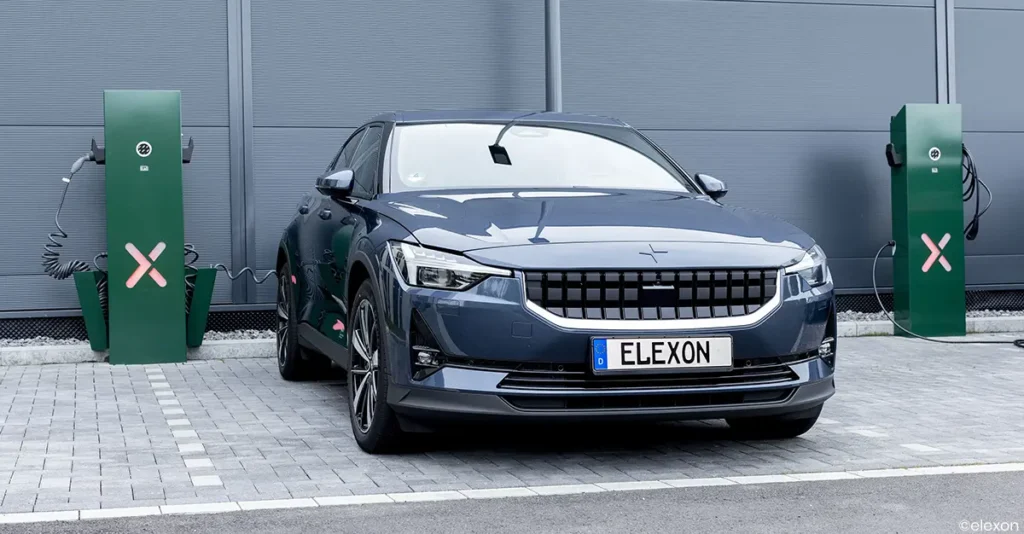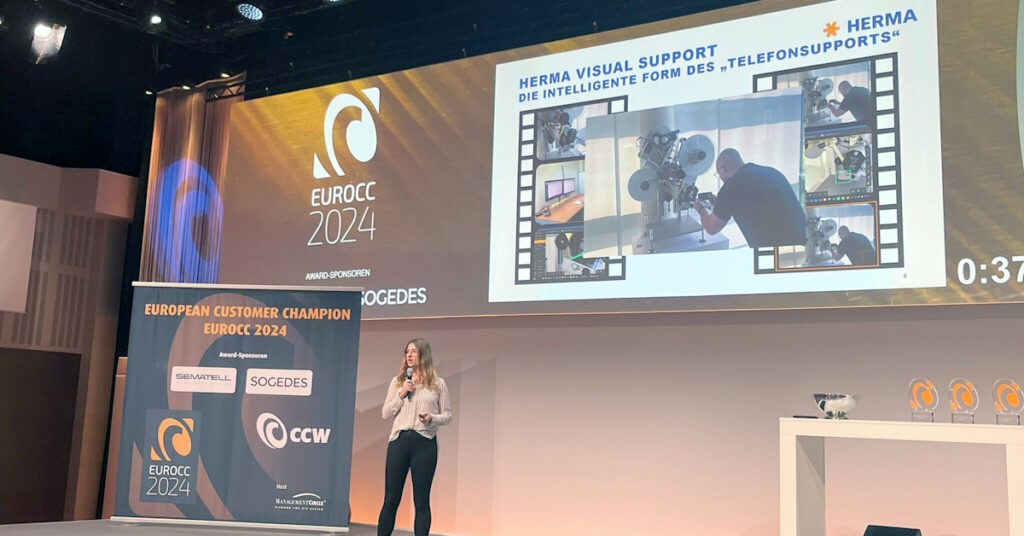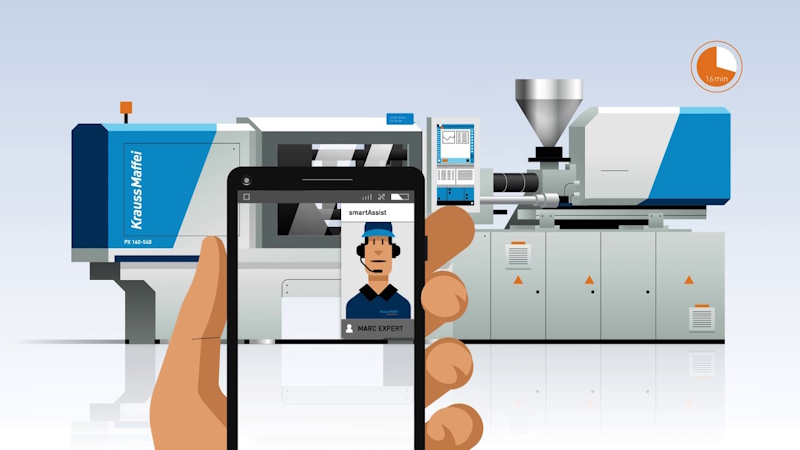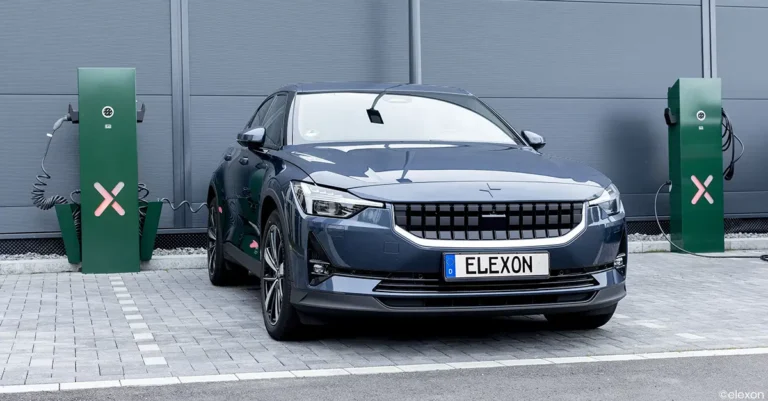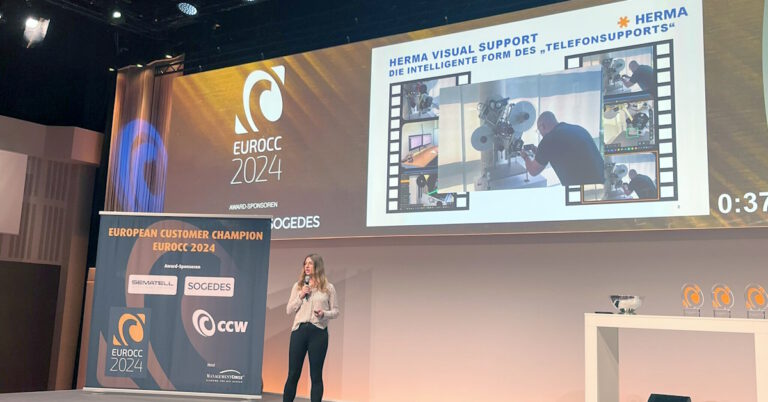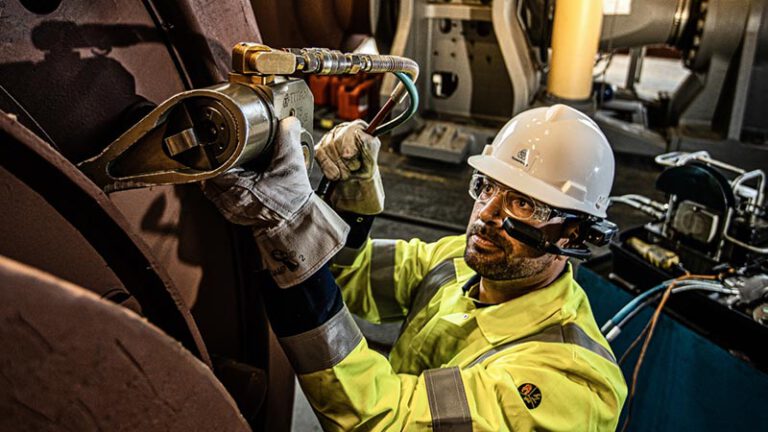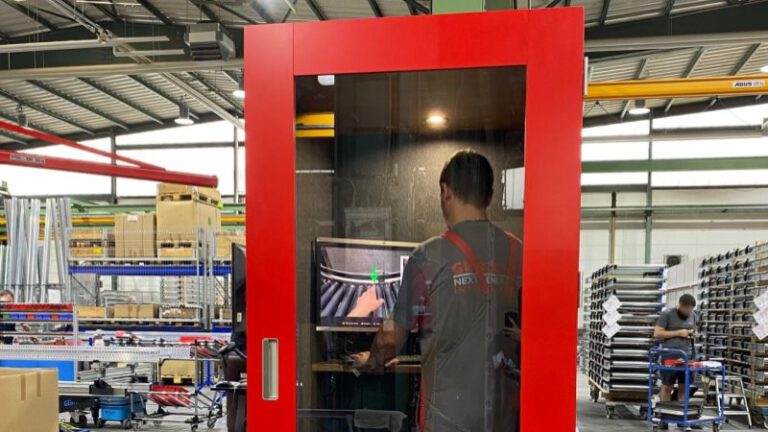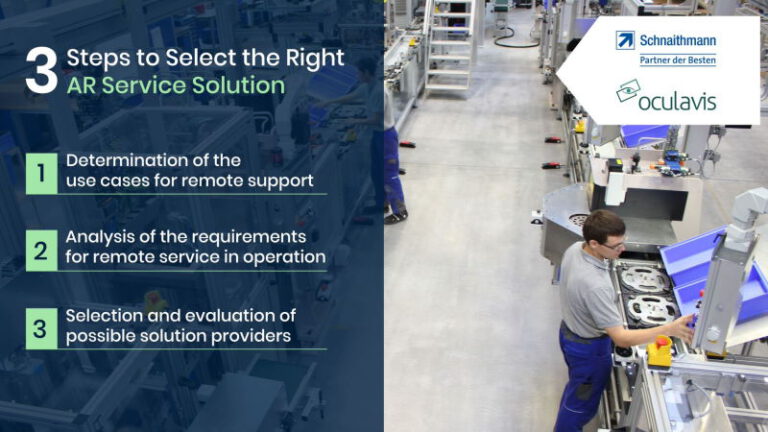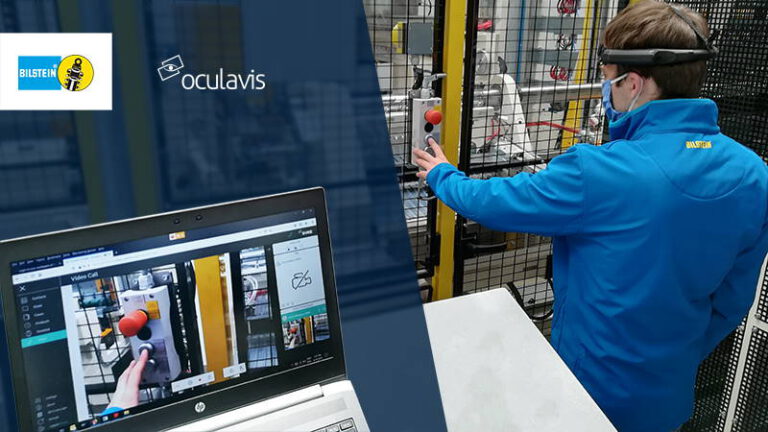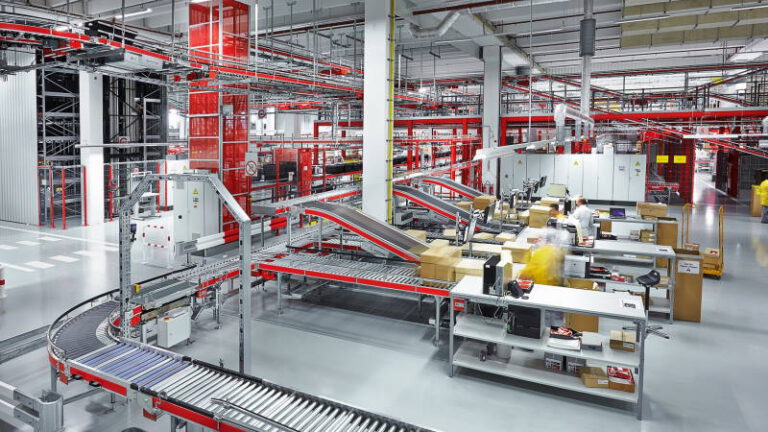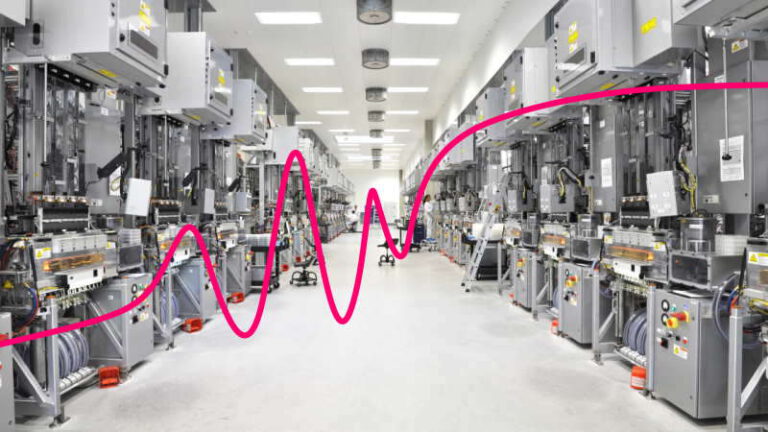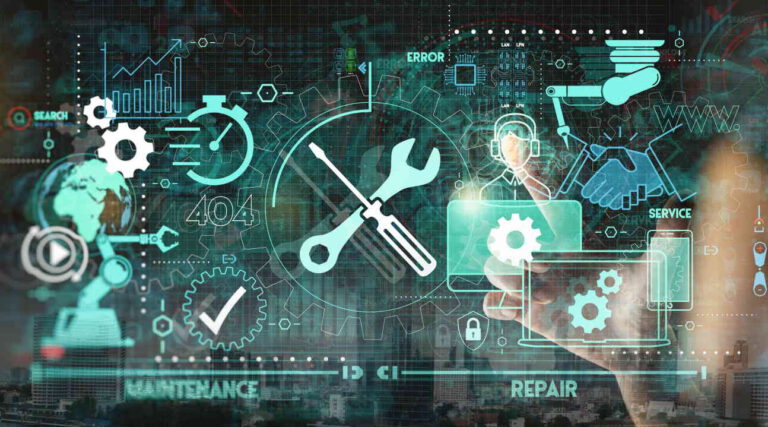The transformation from analog to digital processes is initiated through different motivators depending on the company. Driven by a lack of qualified workers, increasing cost pressure, or declining margins, striving for more sustainability and climate protection, new work forms or changing customer expectations, digital innovations have become an important competitive advantage. Customer service offers the potential for sustainable differentiation. Companies that expand their service offerings through immersive technologies such as augmented reality (AR) or virtual reality (VR) increase customer satisfaction and loyalty. In addition, a digital service concept creates the foundation for new business models and resulting revenue streams.
Every day, hundreds of thousands of experts and technicians travel around the world to support customers, partners, and colleagues with technical issues on machines and systems. Service innovations, such as visual assistance or workflows with digital step-by-step instructions in oculavis SHARE, enable machine operators and service technicians to be supported more efficiently saving resources without the need for an expert to travel.
Figure 1: Poll VDMA web experience exchange on remote service with oculavis, as of February 22, 2022
Machine operators benefit from visual and auditory guidance provided by one or more service experts during live support. A mapping of the field of view onto the machine via the user interface of mobile devices, such as smartphones, tablets, or smart glasses, ensures simple and immediate virtual interaction. AR annotations, a continuous zoom or the possibility to transmit high-resolution images even with a bad internet connection are helpful features of oculavis SHARE. As smart tools for the expert within the video call they enable concrete instructions to technical staff, e.g., for repairs or in training situations.
During machine acceptance testing and commissioning, several stakeholders (customers, suppliers, construction & development, quality assurance, etc.) are involved in order to validate technical functions on a complex machine or system. With the Multi User Call in oculavis SHARE these scenarios, in which a significantly higher number of participants from different locations are involved, can be realized. For more insights on machine acceptance testing with the Multi User Call and a Multi Camera Setup, read the blog post “Next Level Video Support: Remote Factory Acceptance Testing (FAT) with the Multi User Call in oculavis SHARE 9.0”.
If necessary, additional persons can be added flexibly and at short notice via the guest user function to an active remote expert call. Technical documentation using screenshots or video recordings easily helps saving and sharing valuable knowledge for colleagues and finally informing customers about the operations performed summarized in the form of a service report.
A device-agnostic software solution is ideal for networking experts and technical staff to enable virtual collaboration worldwide. The purchase of new hardware is not necessarily mandatory. Existing smartphones can be used for remote services without any problems. This discharges the budget and allows the focus on the software for the best possible mapping and support of service processes. Additional hardware training can also be saved, as users are familiar with them, and so-called bring-your-own-device (BYOD) concepts can be applied. Either the native apps for iOS and Android from the respective app stores can be installed or the mobile web browser can be used, so that in urgent cases an app installation is not necessary. With just a few clicks, a mobile connection is established between the remote expert in the (home) office and technician in the field (see figure 2).
Features such as waterproof, dustproof and shockproof from a 2-meter drop make the NavigatorTM 500 the optimal equipment for special working conditions. Optimizations in noise filtering, reduction of weight, improvements in processor, memory, and graphics performance as well as a significantly increased camera resolution with 48 MP RealWear unites in its new product. In combination with the powerful software solution oculavis SHARE, the full potential of AR supported remote processes can be realized.
More than 200 industrial companies from various sectors successfully use oculavis SHARE for a wide range of application scenarios. The selection of hardware is consistently based on the use cases and user preferences.
Considering work safety and the possibility to work with both hands free, thyssenkrupp Cement and Mining Technologies relies on smart glasses. 180 remote experts and more than 80 RealWear smart glasses with oculavis SHARE are currently in use to keep production processes running optimally. Short-term troubleshooting, inspections and technical consulting for plant optimization are among the fields of application of the live support. In addition, a business model for digital services has been successfully established.
The international tech company SCHOTT relies on oculavis SHARE in combination with smartphones, that allows easy onboarding of new users. Thus, the platform could be expanded to more than 460 active users by now. The wide range of applications for visual assistance include pre-acceptance inspections, employee training, virtual production tours, support during audits, setup of new systems and production ramp-ups of plants and systems for the manufacture of glass and glass ceramics.
In a constant evolution of business, environmental and digitalization requirements for processes and use cases, the flexibility and adaptability of software solutions and hardware components are essential.
Regarding the future of machine and plant manufacturers, added value can be achieved at many interfaces to the customer via smart services. Customer loyalty and delight, faster response times, reduced travel costs, higher machine availability and new service revenues are measurable benefits. Remote commissioning, training, or troubleshooting are just some of the numerous use cases along the life cycle of machinery and equipment (see figure 4).
On the other hand, smart factory concepts for the manufacturing industry are keys to increasing productivity by networking people, machines, and processes regardless of location. Areas of application can be found in ramp-up management, in maintenance and repair, in standard operating procedures (SOP) for digital assembly and quality processes. Additionally, a possible digital shop floor management helps to supply information to employees most efficiently and user friendly.
New collaboration forms and technologies should always serve humans and benefit them in their daily work. The use of software and hardware must be tailored to the situation. Harmonization with the corporate culture, extensive application tests in the field, and education about use and functionality are further important factors for maximizing trust and acceptance.
